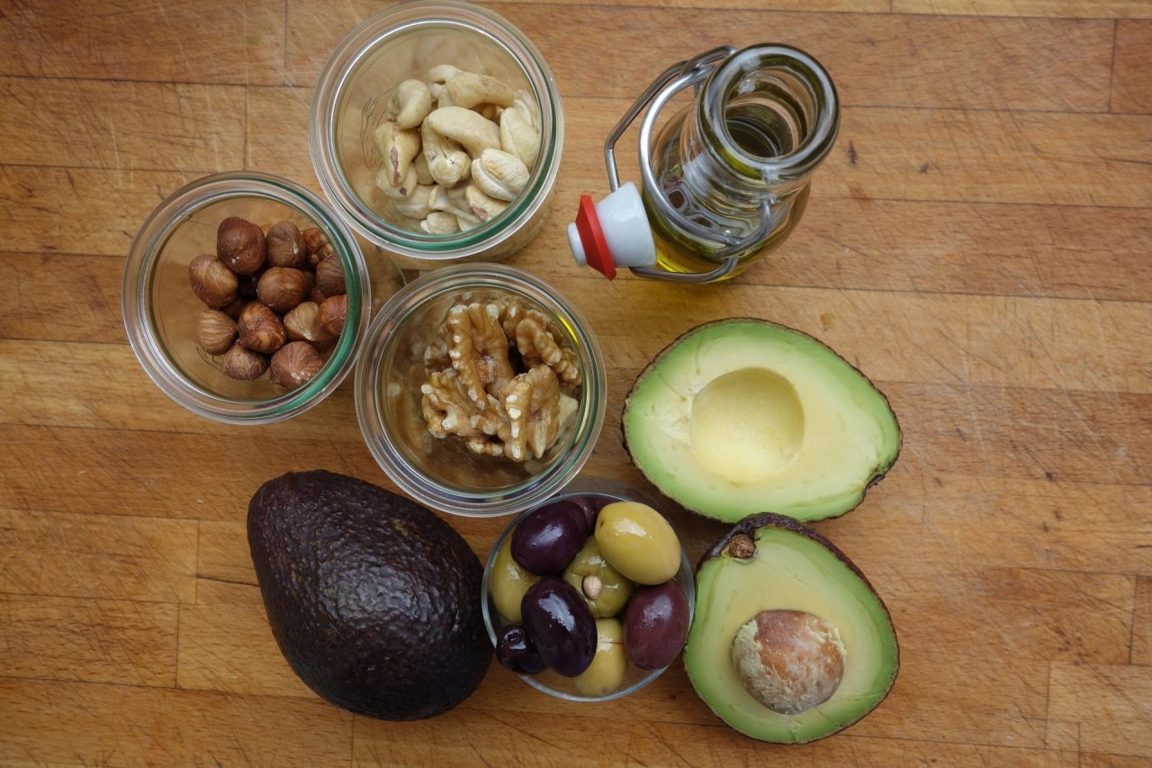
From low-fat diets to diets high in fat and low in carbs – if fad diets have you confused, let’s first get the basics straight!
On one hand, fat deficient diets are calorie deficient and can cause malnutrition, whereas a high-fat diet can lead to one of the common epidemics of the century, “Obesity”.
FAT is one of the macronutrients essential for the normal health and functioning of the human body.
Know your Macro Nutrient:
- Fats are a major source of energy in the diet, each gram of fat providing 9 kcal.
- Dietary fat is also essential for the digestion, absorption, and transport of fat-soluble vitamins like A, D, E, K.
- Fat-soluble vitamins A, D regulate diverse metabolic functions and E protects membranes from damage.
- Essential Fatty Acids (a type of fat derived from plant sources) are important for the structure and function of the cells.
- It adds palatability to the diet and provides a feeling of satiety.
- The fat deposits (structural fats) hold the body organs and nerves in position and protect them from traumatic injury and shock.
- The layer of fat under the skin (subcutaneous fat) insulates the body, preserving body heat, and maintaining body temperature.
- It is also important in the synthesis of certain hormones, vital for the normal functioning of the body.
Fats in the diet are supplied as:
- Visible fats – fats like butter, oil, ghee, cream, margarine, shortenings, or any other fat added to the diet.
- Invisible fats – fats naturally present in various foods groups. Usually, fruits and veggies are low in fat, avocado being the only fruit with good quality fat in considerable amounts. Nuts, pulses, legumes, dried fruits, eggs, dairy products are moderate sources. Meats, organ meats, seafoods, shellfishes are high sources of invisible fat.
Fats can also be classified as Healthy Fats and Unhealthy Fats depending on their implications on health.
TYPES OF FATS
HEALTHY FATS:
- MONOUNSATURATED FATTY ACIDS casually termed as MUFAs: These are fats that decrease the bad cholesterol and maintain the good cholesterol in the blood, thus can be labelled as heart-healthy. They are found in olives and olive oil, nuts such as almonds, cashews, pecans and macadamias, nut butter, peanut oil, and avocados.
- POLYUNSATURATED FATTY ACIDS casually termed as PUFAs: There are two important PUFAs omega 3 fats and omega 6 fats.
- Omega 3 fats: The human brain, central nervous system, and membranes throughout the body require omega 3 fats for optimal function. It is also known to lower blood pressure and decrease the risk of heart diseases. These fats are primarily found in cod liver oil, mackerel, salmon, caviar, herring, oysters, flax and chia seeds, walnuts, Brussels sprouts, soybean.
- Omega 6 fats: These fats are essential, primarily for energy production. A healthy ratio of omega 6 to omega 3 is essential for optimum health. Omega 6 fats are derived from flax, hemp, grape, sunflower and pumpkin seeds, pine nuts, pistachios, evening primrose oil. Modern diets today have become very high in omega 6 than omega 3 which needs attention and intervention.
UNHEALTHY FATS:
- SATURATED FATTY ACIDS casually termed saturated fats are known to increase blood lipids and the risk of heart diseases. They are found in Dairy foods – such as butter, cream, ghee, regular-fat milk and cheese, red meat such as fatty cuts of beef, pork, and lamb, processed meats like salami, sausages, and the skin on chicken and lard. The intake of these fats should be limited in the diet.
- TRANS FATTY ACIDS casually termed as Trans Fats: Clinical studies suggest that higher intakes of these fats are associated with increased risk of heart diseases, cancer, and other chronic diseases. Major sources of trans fats are hydrogenated margarine, shortenings, commercial frying fats, high-fat baked foods, and salty snacks containing these fats. Butter and animal fat that have been fermented due to bacterial infestation can also have these fats. These fats should be totally omitted.
So stop getting intimidated by this three-letter word ‘FAT’. Find an equilibrium by making an intelligent and informed choice of the type and the quantum of fat required for your healthy existence and you will never get swayed by any controversies that surround this important Macronutrient.
Click on the links below for recipes and blogs:



